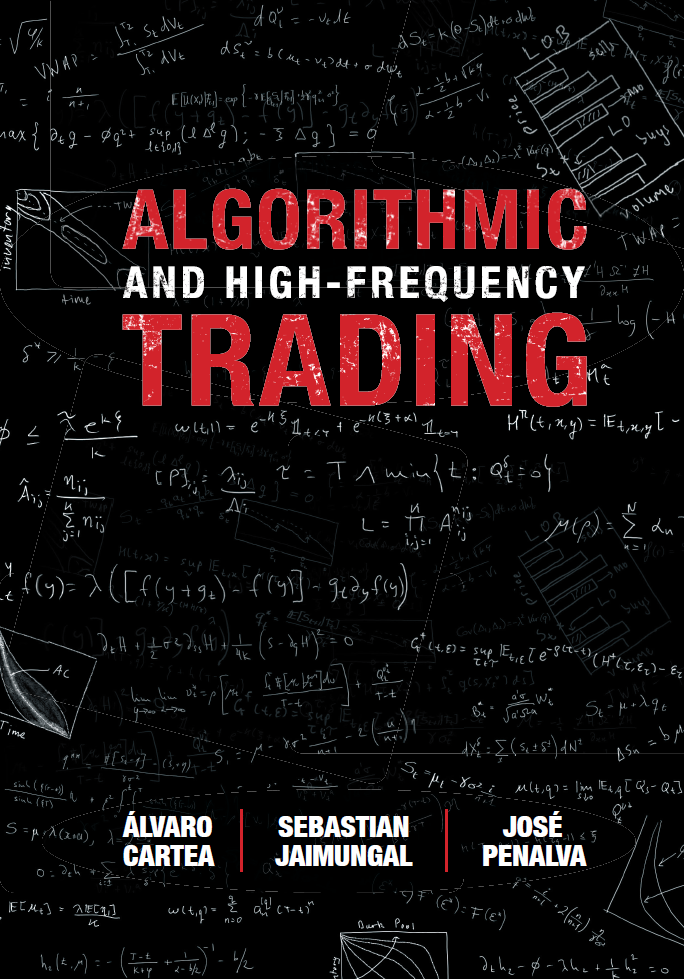STA 4505H – High Frequency & Algorithmic trading
Important:
If you are interested in taking this course, please read through chapters 1-4 of Shreve's book on Stochastic Calculus for finance volume 2. Spend more time on chapters 3 and 4, with a light reading of chapters 1 and 2.
Location :
Lectures:
Class Notes / Lectures :
Class notes and videos will be updated as the course progresses.
This short course is based off of my book Algorithmic and High-Frequency Trading
| # | Description | Video | Notes |
|---|---|---|---|
| 1 | Introduction and Overview | STA4505-1 | STA4505-1.pdf |
| 2 | Dynamic Programming Principle / Hamilton-Jacobi-Bellman Equations; Optimal Liquidation problem | STA4505-2 | STA4505-2.pdf |
| 3 | Continuing Optimal Liquidation, including a price limiter, discussion and setup of optimal postings in LOB | STA4505-3 | STA4505-3.pdf |
| 4 | Impact from Data, Intro to stochastic crontol with jumps, optimal liquidation posting at the touch | STA4505-4 | STA4505-4.pdf |
| 5 | Order Imblance and market orders, optimal acquisition controlling depth, execution with limit and market orders | STA4505-5 | STA4505-5.pdf |
| 6 | Final Project Descriptions: short-term alpha, pairs trading, market making with order imbalance | STA4505-6 | STA4505-6.pdf |
Outline:
With the availability of high frequency financial data, new areas of research in stochastic modeling and stochastic control have opened up. This 6 week course will introduce students to the basic concepts, questions and methods that arise in this domain. We will begin with the classical market microstructure models, understand different theories of price formation and price discovery, identify different types of market participants, and then move on to reduced form models. Next, we will investigate some of the typical algorithmic trading strategies employed in industry for different asset classes. Finally, we will develop stochastic optimal control problems for solving optimal liquidation and high frequency market making problems and demonstrate how to solve those problems using the principles of dynamic programming leading to Hamilton-Jacobi-Bellman equations. Students will also have a chance to work with historical limit order book data, develop Monte Carlo simulations and gain a working knowledge of the models and methods. Tentative topics include:
- Market Microstructure
- Overview of Stochastic Calculus
- Stochastic Control & Dynamic Programming
- Optimal Liquidation
- Market Making
- Pairs Trading
Grading Scheme:
Here is a tentative grading scheme, we will discuss this during the first class.
Item |
Grade |
| Participation | 25% |
Exam |
25% |
Report |
25% |
Presentation |
25% |
Report and Presentation will be based on students implementing some of the models we discuss in class as well as reporting on a collection of relevant papers.

